The deluge of mud hit primarily in the Dutch villages of Berg and Terblijt. Muddy waters reached some of the houses, causing damage. Other villages near the Dutch city of Maastricht, as well as the villages Bemelen and Cadier en Keer also reported serious flooding. According to the Dutch national weather forecasting service, between 20 and 44 mm of rain fell in a very short period of time.
The events in Holland were just one small example of widespread flooding that hit many areas of Europe. Over the past week, areas of Belgium, France, Germany, the UK, Spain and Italy were all inundated as a result of intense localized downpours.
Belgium: Province of Flanders flooded
Last week, on the evening of Thursday May 24th, dozens of reports came in about flooded streets, basements, living rooms, and a train station in the east of Belgium's Flander. The storm and heavy rainfall that swept across the northern part of the country caused problems in many areas, including Kortenberg and Steenokkerzaal.
According to the police, the torrential rains caused a "disaster": several streets were closed off due to flooding, the tunnel beneath the landing strip at Brussels Airport was covered with water, and calls kept coming in from residents asking for assistance with their flooded basements and garages.
The Belgian municipality of Aalter was also affected as all roads to the centre were flooded. "It's been terrible," the temporary mayor of Aalter, Patrick Hoste, said. "We haven't experienced this in the past 20 years. The rain was very local, and everything hit the centre of Aalter. At the station, the water poured down the stairs. Together with the police and the fire department, we will have a look at the damage."
According to the online weather community NoodweerBenelux, 82 liters per m2 of rain fell in just an hour and a half, while the monthly average for the region is 70 liters per m2.
Other East-Flemish municipalities that were hit include Zwalm, Ursel, Zingem and Eeklo.
France: Paris Hit by Flash Floods as Heavy Hail Batters Bordeaux and Charentais
France's capital city was also flooded last week due to heavy rainfall and strong hail brought by unseasonal storms. Streets were turned into rivers, and stairwells into waterfalls. Further south, in the French municipality of Bonnieux, almost a year's worth of Luberon cherry tree crops were ruined by heavy rainfall and hail in just 10 to 15 minutes.
According to FranceInfo, hailstones dropped by the storm were as large as 10 cm and more than 60 mm of rain fell in just 30 minutes. Sadly, the extreme weather cost the life of a girl by a falling branch in western France.
Damage caused by the heavy hail that struck Bordeaux and Charentais were described as the worst in decades. After the violent storm, a winemaker in the wine growing region of southern Medoc said that hailstones were the size of pigeon eggs, adding that it's the worst storm he has seen in 33 years.
According to the French weather service Météo-France, 22 mm of rain fell in only 6 minutes in the city of Bordeaux, causing widespread flash flooding.
Didier Gontier, the director of the Côtes de Bourg label, a small appellation that lost its 2017 production to frost, told Sud Ouest newspaper after assessing the damage of vineyards: "Not only have we lost the next harvest, but the hail was so violent, growers are telling us there's no wood left for next year. This will hit us for two years. Some were already victims of the frost in 2017. These are hard blows for us."
Germany: Wuppertal Hit by Massive Flash Flood
On Tuesday afternoon May 29th, more than 40 liters of rain per m2 fell on the German city of Wuppertal in a very short period of time, according to a speaker of the German Weather Service. While local homes and shops were flooded, the severe rainfall caused damage to cars and roads. In addition, roofs on buildings collapsed, including that of an university and a gas station.
"The entire city of Wuppertal is under water," said a spokesman for the German Weather Service in the late afternoon in the German city of Essen. A state of emergency has already been declared by the city administration.
The German spa and border city of Aachen was also battered by the storm. At least 450 emergency calls were received due to damage caused by the heavy rainfall. Aachen experienced power outages, a flooded cellar at the police headquarters, flash floods on a highway, blocked roads, and rail traffic disruption.
UK: Flash Floods and Intense Thunderstorms
Birmingham was badly hit by heavy rainfall this week. Floodwater of up to 305 mm (5 ft) blocked a major route into the city. In other areas, homes were flooded and cars were submerged in floodwater.
The UK Environment Agency put more than 20 flood warnings in place for the Midlands region, as well as 42 warnings for other areas. The UK's national weather service, the Met Office, warned the thunderstorms in Birmingham could cause a "danger to life". It is yet to be determined how large the damage will be as heavy rainfall continues in the UK with storms predicted for the next 7 days.
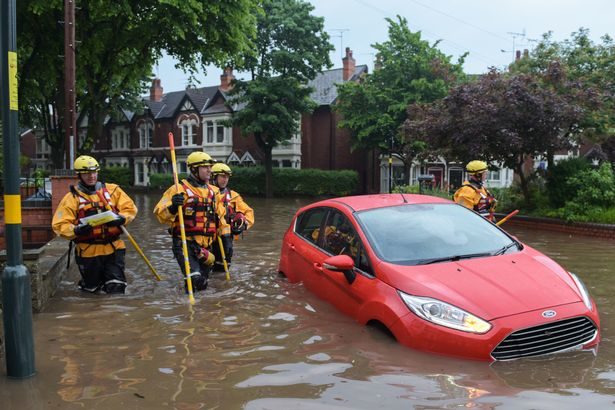
For Tuesday May 29th, The Met Office issued a yellow warning of rain for East Midlands, East of England, London, South East England, South West England, and Wales, as rainfall "will be heavy and up to around 30 mm could fall in an hour or less and 40-50 mm could fall in a couple of hours leaving flooding a possibility".
Spain: Unseasonal Rainfall Batters Andalucia and the Municipality of Valdepeñas
An estimated rainfall of 34,000 liters fell in just two hours in the Spanish municipality of Valdepeñas on Sunday May 27th. Flash floods reached the Gutierrez Ortega Hospital reception area, but thankfully the building was still operational.
The rainfall over the weekend also hit an Andalusian town that caused devastating floods. The following footage was filmed by local resident Ruben Del Paso in La Zubia, Granada.
Not too far from La Zubia, heavy rains also caused floods in the Spanish municipality of Huétor Vega. The footage below shows gallons of water gushing down the street:
Italy: Tuscany flooded After Intense Storm
Earlier this month, a storm dumped over 50 mm of rain in about 3 hours in Tuscany, causing floods in areas near Sinalunga, San Polo in Chianti, and Volterra.
Two small rivers in San Polo, the Robiana and the Ema, overflowed, causing damage to roads, houses, and shops. The floodwater was at least 1 meter deep. The heavy rainfall also caused a landslide that blocked a road outside San Polo.
As heavy rainfall continues, in the afternoon of Tuesday May 29th, major flooding was reported in the Italian municipality of Limena.
Increasingly Intense Rainfall Around The World
Devastating floods caused by heavy rainfall have been occurring all over the world in the past few months, as charted in Sott.net's monthly Earth Changes Summaries. Besides Europe, the US, Oman and Cuba have also been hit by destructive floods recently, while many areas of Asia have received unprecedented rainfall in recent years. Given the increase in the number and activity of volcanoes around the world - spewing large amounts of ash into the atmosphere - long with increasingly intense wildfire seasons - it's likely that the 'loading' of our skies with dust and ash that is produced by eruptions and scorched-earth is playing its part in the increase in rainfall across the globe.
And that's not all: precipitation is also caused by cosmic rays, which are also on the increase, due at least in part to our unusually quiet Sun.
Storms appear to take place more frequently and more strongly, and with it comes a 'danger to life', as well as a danger to crops. This is why it's important that people take notice of the natural Earth Changes that are taking place, as by watching the signs closely, people may be better able to prepare for what is to come next.
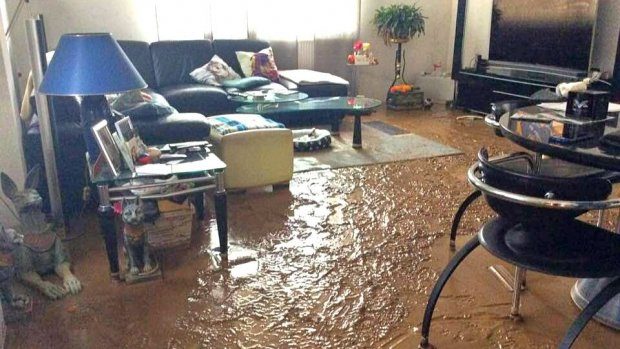
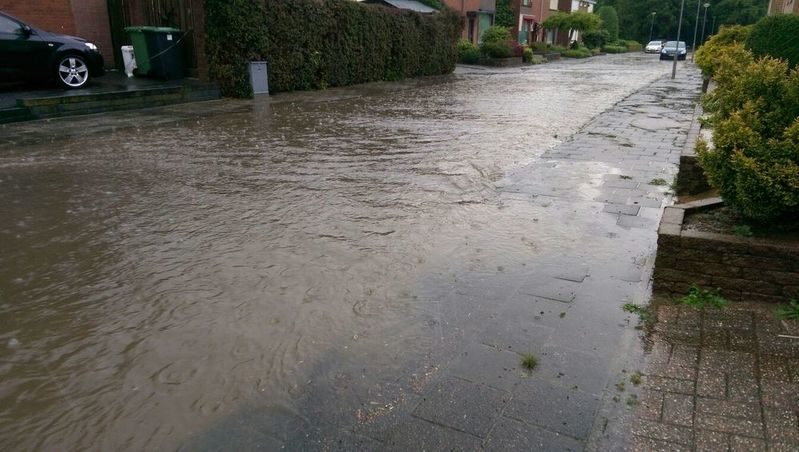
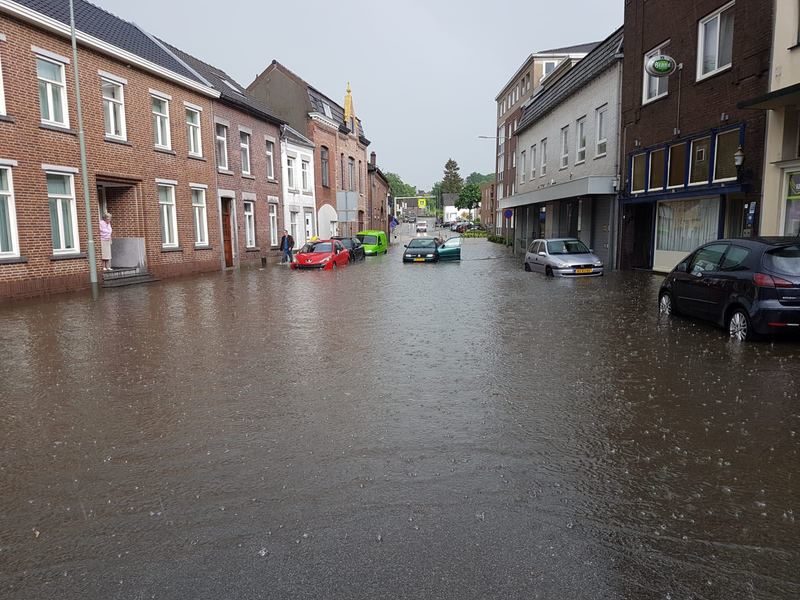
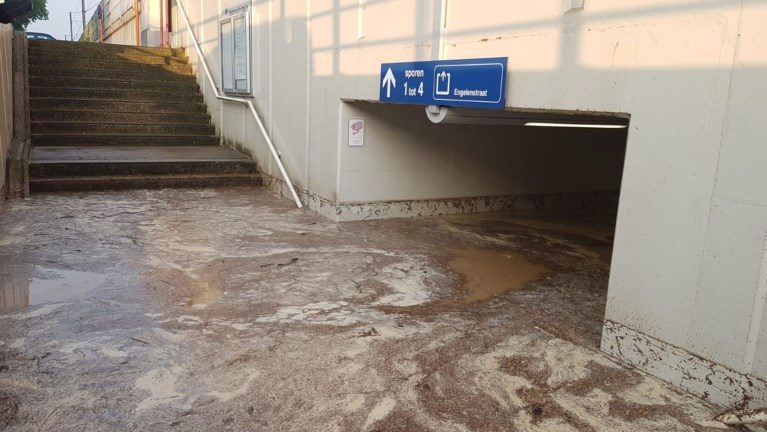
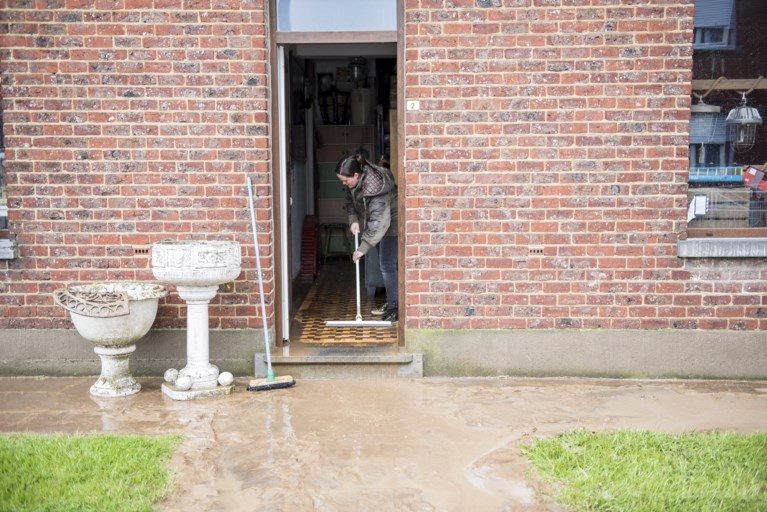




Reader Comments
Hydrogen, and you can find the reports, just not easily, is increasing, and they haven't picked a scapegoat yet because its from the Earth itself which makes it hard to find just the right victim to point the finger at, makes it to the ionosphere and destroys O3 and makes Guess What? H2O
Hydridic Earth by Vadmir Larin.